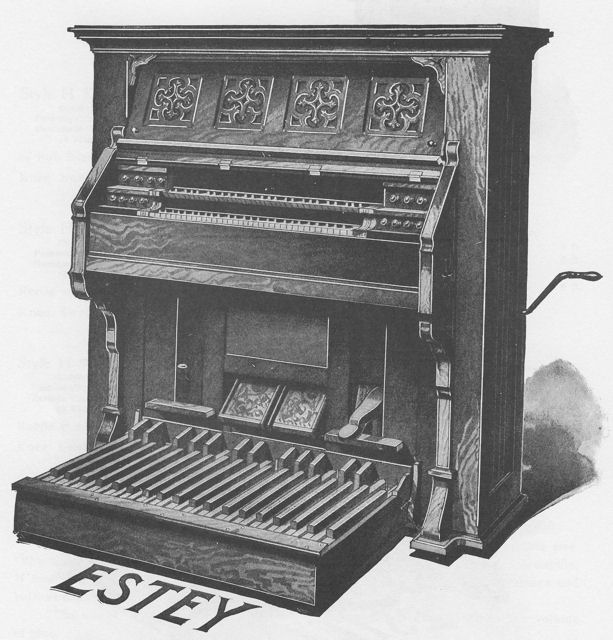

Estey & Co., reed organs, by Jacob Estey, Riley Burditt, Silas Waite, and Joel Bullard in Brattleboro, Vermont, 1863 successor to the firms of Burditt & Carpenter, Isaac Hines & Co., and Estey & Green firm reorganized by Jacob Estey, Julius J. Fox (Richmond, Va.: Organ Historical Society, 1991).
#Estey organ co update#
We received the most recent update for this note from Database Managerįrom the OHS PC Database, derived from A Guide to North American Organbuilders, by David H.
#Estey organ co manuals#
The OHS Database lists 249 Estey organs that were 3 manuals or larger. Estey concentrated on stock model two-manual instruments and regarded any deviation in size and specification as a "Special" job." Some of their special jobs were as large as four manuals, however, and were found in larger churches, civic auditoriums and colleges. The stop actions included such oddities as the "stop key" and "luminous" types, and while the organs were built of excellent materials, they were often so compact that maintenance was expensive and nearly impossible to perform. The large Estey factory continued to build reed organs.ĭuring the first decades of the century, the Estey catalogs described standard designs, the stoplists having no upperwork (no mutations, fifteenths or mixtures) and that Haskell specialty, a labial reed stop.Ī typical stop list had three or four unison stops and a single octave stop on each manual and a 16 foot stopped bass for the pedal. Estey instruments used tubular-pneumatic or electro-pneumatic action. During the next fifty-nine years, the company built and rebuilt 3261 pipe organs. Haskell (1865-1927), to open the pipe organ department in 1901. "The Estey Organ Company manufactured excellent reed organs for more than half a century before engaging the Roosevelt-trained Philadelphia builder, William E.

From OHS Database Builders editor, November 6, 2015.


 0 kommentar(er)
0 kommentar(er)
